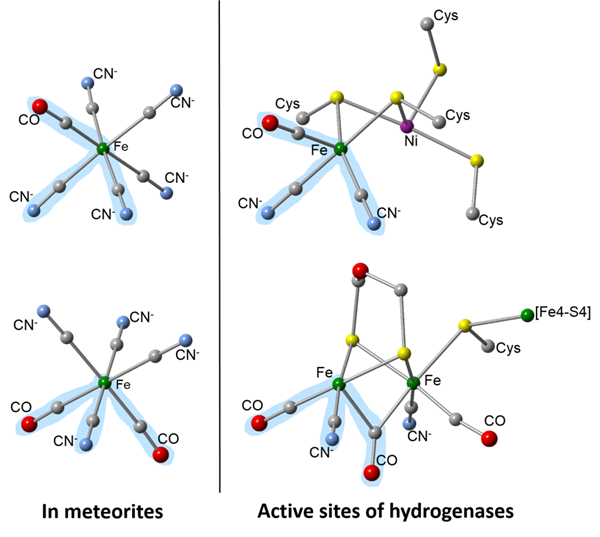Scientists want to understand how nature forms the more complex chains of molecules that are closest to what make up living creatures. The closer these molecules appear to those found in living creatures, the smaller a leap it takes to make life. This would put scientists on the right track to understanding how life came about.
One of the places scientists look for clues is early Earth, and the materials that would have been available then. Asteroids offer a time capsule of sorts of the kinds of materials that would have been around in the early solar system when Earth was young. By studying meteorites on Earth, scientists can gain an understanding of how our planet evolved — what materials were delivered ready-made to Earth, and which ones had to develop later, through chemistry or biology.
One odd chemical in some of these meteorites is cyanide. While most people are familiar with cyanide as a deadly poison, its components are simply carbon and nitrogen, both elements crucial to life. Recently, researchers at NASA and Boise State University studied a slew of meteorites, looking for traces of cyanide, and found some in a surprisingly useful form. They published their results June 25 in Nature Communications.
Poison or Life Giver?
Most surprising to the researchers was seeing how the cyanide was bonded to other materials in the meteorites. The result is very similar to hydrogenase, an enzyme crucial to life.
The idea is that if nature can – without the presence of life – produce something very similar to hydrogenase, then that leaves a much smaller gap to cross to create living things.
The particular meteorites researchers found bearing cyanide are a type known as CM chondrites. NASA’s OSIRIS-REx spacecraft is currently orbiting asteroid Bennu — likely also a CM chondrite — preparing to take samples that it will return to Earth in 2023. Its samples may teach astronomers more about where and how cyanide and other life-adjacent chemicals are distributed throughout the solar system, and perhaps one day show us how life came to be.











